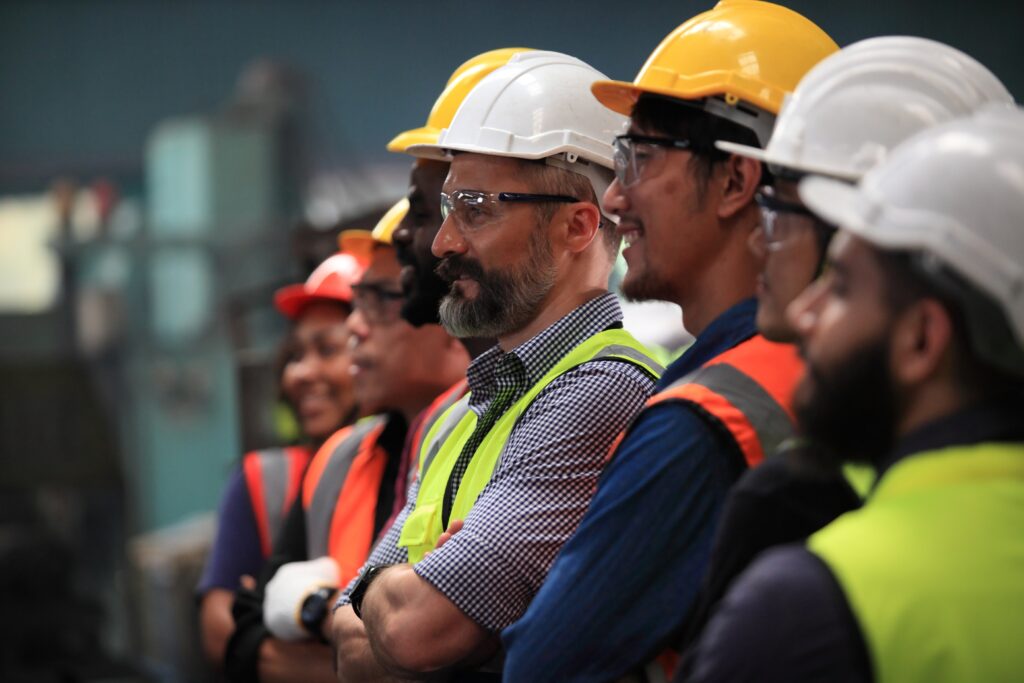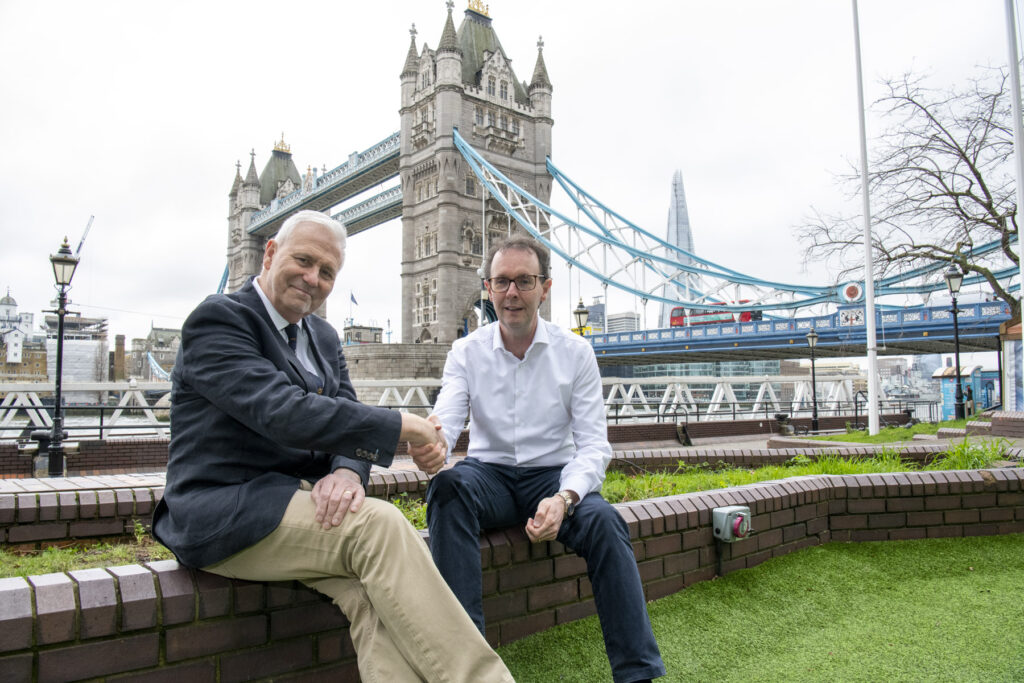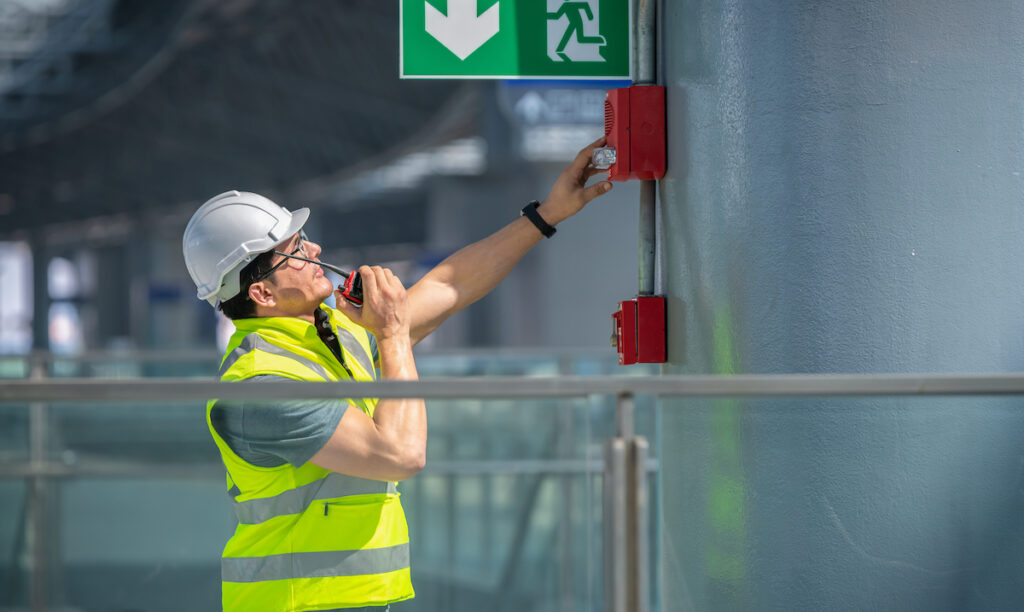With 30 years of experience in the health and safety industry, we’ve heard our fair share of tall tales about health and safety. Oftentimes, we hear that health and safety controls are “just an excuse for not letting things happen” – but it’s the opposite that is true: comprehensive health and safety planning and regulations allows for activities to take place safely under their guidelines.
Keep reading to find out about some of the most common myths and misconceptions around health and safety.
Myth: Complying with Health and Safety is expensive.
Truth: Yes, there is certainly a cost associated with conducting proper Health and Safety reviews, and implementing the correct procedures. However, when we weigh up this cost in comparison with the costs associated with accidents and injuries, it is more often than not far less expensive – and more productive.
If an employee suffers an injury during the course of their work, the business can lose out on productivity – being down a team member, the associated investigation costs, replacing the member of staff during their absence (including the cost of hiring & training this new team member) and any insurance-related costs and claims that might arise. The proper procedures are an investment for your business, rather than an expense.
Myth: Health and Safety means no fun.
Truth: Safety procedures aren’t about stopping activities from happening, but instead making sure that they happen safely. Think about all of the fun and interesting activities that you can do – but with proper Health and Safety regulations in place. Would you do a bungee jump without knowing it was safe? These regulations are in place to protect you and your employees.
Myth: Health and Safety is just a tick the box exercise and is a nuisance.
Truth: Health and Safety is much more than a tick the box exercise! It’s there to protect you and your employees, and it should be taken seriously. While there can be a lot of paperwork or admin work involved in preparing documentation like Safety Statements and Risk Assessments, these activities are necessary to ensure that everyone is on the same page and understands the risks, responsibilities and correct reactions should something happen.
Myth: I work in an office. There’s no Health and Safety risks there.
Truth: This is possibly one of the biggest misconceptions about working in an office environment. The typical office can pose many hazards for employees; most notably musculoskeletal issues, eye strain and hand and wrist pain. There are also risks of slips, trips and falls, electrical safety, fire safety, manual handling and even falls from heights. Every workplace – even an office environment – should have access to a competent first aider and safety officer, along with adhering to all workplace Health and Safety requirements.
Myth: This is mostly common sense, we don’t need training in common sense.
Truth: While it’s true that some Health and Safety risks may seem obvious, in a panicked situation common sense doesn’t always register. This is where the proper training and knowledge can assist in having a plan that you can rely on. On top of this, there are many situations that you may not consider risks or even notice, that can cause serious issues or harm. This is where a qualified and competent Health and Safety officer or consultant is essential, as their experience and training can unearth these hazards and help you to put a plan in place to prevent them from happening.
Myth: Health and Safety tries to stop things from happening, and just tries to ban activities that we’ve always done.
Truth: If safety procedures were designed with the intent of stopping things, we wouldn’t have the likes of ladders, wings, or even ice rinks. What Health and Safety procedures aim to do is to reduce the risks associated with the activities that we undertake. Your Health and Safety officer or consultant will aim to ask the right questions at the right time, to ensure everyone’s safety.
Myth: I use the gym, so I already know how to lift something heavy.
Truth: Just as with your workout, the correct technique when lifting something is essential in preventing strain or injury. The situation in which you might lift in the gym is different to how you would approach something in a work situation. Did you know that a third of all workplace injuries reported to the HSA are caused by manual handling activities? Manual handling training covers any role that involves moving heavy loads and is important to help you to understand and minimise the risk of injury.
Myth: All of these procedures will just reduce our productivity.
Truth: Health and Safety does not negatively affect productivity, in fact it will help to improve it. Having a Health and Safety plan in place will ensure that your workload is planned out efficiently and safely. This means jobs get done, and safely. What really impacts on your business’ productivity is staff being absent from their work due to injury or illness.
Myth: Safety equipment isn’t necessary, it’s uncomfortable and I can’t do my job properly while I’m wearing it.
Truth: While certain equipment can feel cumbersome to work in, remember that safety equipment such as helmets, goggles and gloves are absolutely essential in protecting workers from injury. These recommendations are in place for a reason and help to ensure your wellbeing, and your ability to continue doing your job without serious injury.
This list is by no means exhaustive, and if you are reviewing or implementing Health and Safety procedures for your workplace, you should always seek the assistance of an experienced professional. Our Consultants would be more than happy to assist you in assessing the needs of your business. Get in touch with our team today by email to info@ayrton.ie, or phone 01 838 5595 or 021 421 0331.



